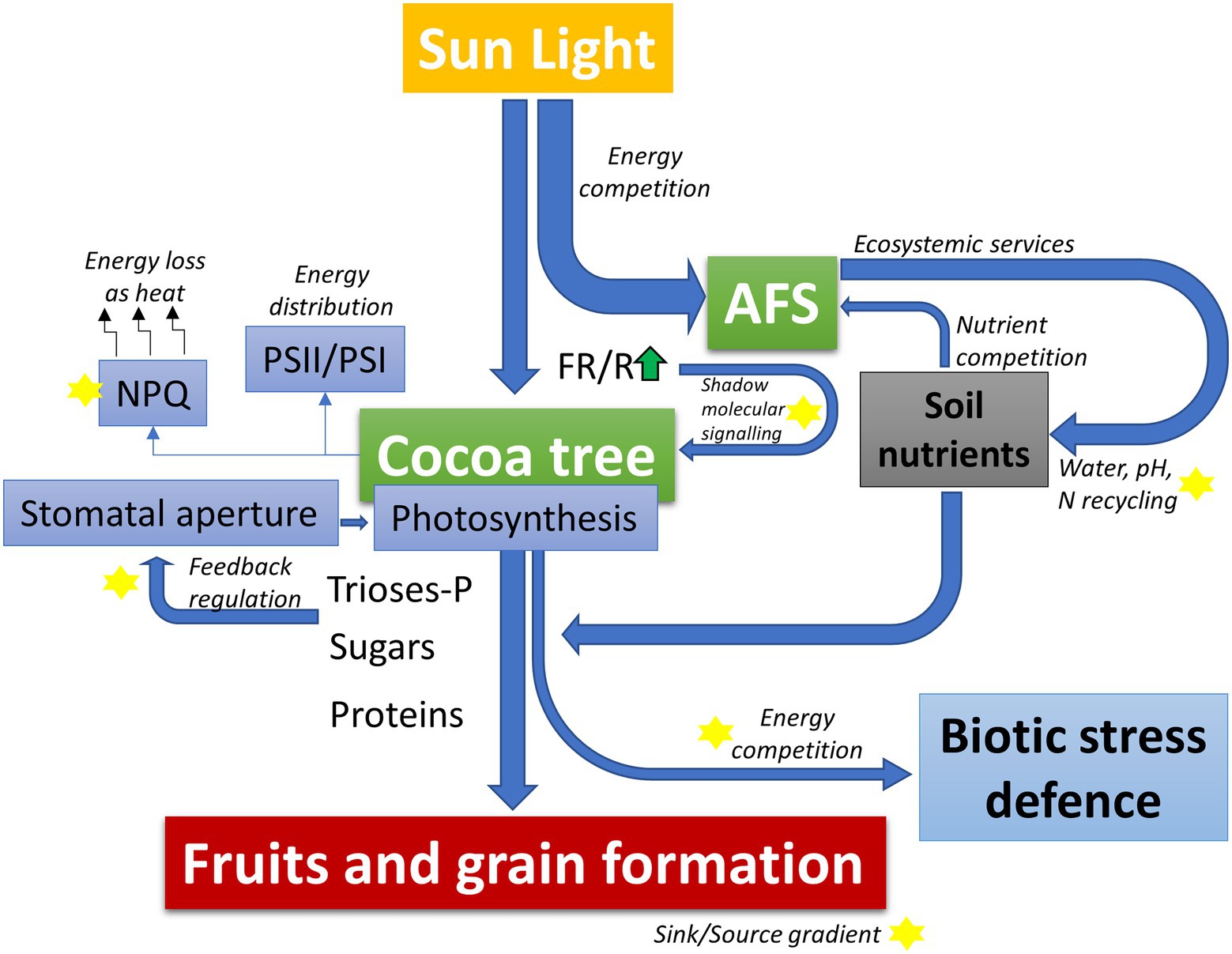
# **Insights from Italy: The Cambridge Challenge in Artificial Photosynthesis**
In 2022, Italy registered its driest year in history. Nevertheless, when a delegation from the University of Cambridge visited in July to showcase their artificial tree—an innovation created for the European Innovation Council’s (EIC) Horizon Prize—they encountered the opposite predicament: heavy rainfall. A fierce storm brought about a quarter of the nation’s typical yearly precipitation in merely one day, ultimately dismantling the team’s prototype. Despite this challenge, the experience yielded important lessons for the advancement of artificial photosynthesis technology.
## **An Ambitious Objective for Artificial Photosynthesis**
The Cambridge group, spearheaded by **Erwin Reisner** and **Samuel Stranks**, joined the competition aiming to secure the €5 million (£4.17 million) reward. Their aspiration was to create a functional artificial photosynthesis system proficient in generating a usable synthetic fuel.
This endeavor built upon research accomplished in 2019 when Reisner’s team invented an **artificial leaf**, a photoelectrochemical apparatus that utilizes sunlight, carbon dioxide, and water to produce **syngas**, a blend of carbon monoxide and hydrogen. With their initial successes, the team was primed for the competition, which required them to enhance their innovation.
## **Transitioning from Laboratory Prototype to Artificial Tree**
Advancing from a solitary artificial leaf to a series of over **100 leaves** proved challenging. Within two months, a group of five researchers aimed to create a larger and sturdier model. They selected **vacuum processing** in production to facilitate scalability. However, Reisner pointed out a significant challenge: **efficient large-scale production.**
> _”If you cannot produce these square meters quickly and affordably, it will be extremely hard to reach the required scale,”_ states Reisner.
The end product was a **0.35m² artificial tree** embedded with 100 artificial leaves. Each leaf captured solar energy via a **bismuth vanadate photoanode** coupled with a cobalt catalyst for water oxidation and a **perovskite photocathode** paired with a copper–indium catalyst for carbon dioxide reduction. The mechanism operated by infusing it with **potassium bicarbonate saturated with CO₂**, which then transformed into syngas under sunlight exposure.
To ensure the collection of pure syngas, the tree was linked to a dual-tank system. The first tank housed **potassium hydroxide** to absorb excess CO₂, guaranteeing that only hydrogen and carbon monoxide were collected. The second tank controlled overflow from the first, maintaining an orderly reaction process.
## **Obstacles in Real-World Evaluation**
Prior to the ultimate competition in Italy, the team executed real-world evaluations by testing a **small 3×2 leaf array** in Cambridge. Although they observed slight **leakage of the potassium hydroxide solution**, their trials generally proceeded as anticipated.
Nonetheless, the conditions during the competition were far from favorable. Overcast skies and a **severe thunderstorm on the initial day** hindered syngas production. To make matters worse, low temperatures induced an **underpressure in the system**, leading to the **potassium hydroxide solution being drawn back into the device**, which corroded components and **lowered the available carbon dioxide** necessary for fuel generation.
Consequently, the final **100-leaf prototype** generated only a fraction of the **220ml of carbon monoxide and 910ml of hydrogen** forecasted in earlier evaluations.
## **Insights from Setbacks**
Despite their dissatisfaction, the Cambridge team regarded this hurdle as a critical learning moment. They stressed the importance of expanded large-scale outdoor testing under **real-world conditions**.
> _”Conducting outdoor tests with benchtop-size reactors is a crucial advancement for the field. We must dismantle the barriers between small-scale lab evaluations and outdoor demonstrations,”_ remarks Reisner.
**Jingshan Luo**, a solar fuels authority at China’s Nankai University, mirrored this view, acknowledging the project’s significance in revealing the **discrepancies between ideal lab environments and actual world variables.** He believes this experience will spur additional research into **enhancing device longevity and efficiency** in variable conditions.
## **The Journey Toward Scalable Artificial Photosynthesis**
While the Japanese team ultimately claimed victory with a system that converted artificial photosynthesis into **methane fuel**, the Cambridge team remains hopeful.
Artificial photosynthesis holds the promise of becoming a **revolutionary clean energy option**, providing a means to directly transform solar energy into carbon-neutral fuel. However, as Reisner emphasizes, **the true challenge is no longer focused solely on materials—it’s on the potential for scaling up.**
> _”We are accustomed to discussing concepts through PowerPoint presentations, but now we need to concentrate on actually achieving results,”_ Reisner explained. _”If we don’t take the initiative in constructing prototypes, we can’t expect others to invest in this sort of technology.”_